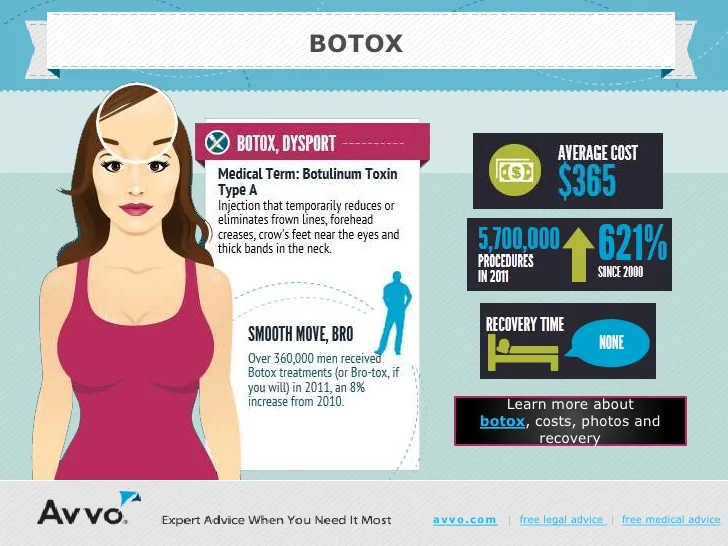How To Treat Acne Scars At Home
How To Treat Acne Scars At Home
Blog Article
Hormonal Acne - What is Hormonal Acne?
Hormonal acne is defined by blocked pores and oily skin that typically shows up on the chin and jawline. It happens when hormonal adjustments set off swelling and bacterial overgrowth within hair roots.
Breakouts may appear as whiteheads, blackheads, papules or pustules and cysts or nodules in much more serious cases. It is much more common in teens undergoing adolescence however can impact grownups of any type of age.
What Triggers Hormonal Acne?
While acne can be triggered by a range of aspects, consisting of utilizing hair and skin treatment items that aren't oil-free or made with components that might block pores, genetic tendency, diet plan,2 and tension, the root cause is varying hormones. Hormonal acne occurs when the body experiences hormonal adjustments and variations that bring about an overflow of sebum, which creates swelling, boosted development of germs and changes in skin cell activity.
Hormonal acne is often found on the reduced jawline, cheeks and neck yet can show up anywhere on the body. It is defined by acnes that are cystic, uncomfortable and full of pus or other material. It is additionally more probable to take place in females than males, particularly during puberty, the menstruation, maternity or menopause.
Age
While lots of youngsters experience acne at some point during the age of puberty, it can remain to pester grownups well into adulthood. Called hormone acne, this type of breakout is tied to variations in hormonal agents and is normally most usual in ladies.
Hormonal acne occurs when oil glands produce way too much sebum, which blocks pores and traps dead skin cells. This leads to the development of acnes, such as whiteheads, blackheads and papules, pustules, cysts or nodules, deep under the surface.
This sort of imperfection typically causes discomfort, soreness and swelling. It may additionally be intermittent and show up around the same time each month, such as right prior to your period starts. This is due to the fact that degrees of female hormonal agents like progesterone and oestrogen change with each menstrual cycle.
Menstrual Cycle
Hormone acne normally appears in the reduced part of your face, along the jawline and cheeks, as whiteheads, blackheads or inflammatory acnes (pimples and cysts). It's more than likely to show up around the time when your menstrual cycle adjustments.
Particularly around ovulation, when estrogen and progesterone levels get on the increase, hormone variations can trigger outbreaks. However it's also feasible to get acne at any factor during your 28-day menstrual cycle.
If you observe that your hormonal acne flare right before your period, attempt noticing when specifically this occurs and see if it relates to the stages of your 28-day menstrual cycle. This will certainly assist you pinpoint the origin of your skin troubles. As an example, you might wish to work on stabilizing your blood glucose and cutting out high-sugar foods, or take into consideration a prescription medicine like spironolactone that can manage your hormones.
Maternity
Expanding a baby is a time of remarkable hormonal adjustments. For numerous females, this includes a flare-up of hormone acne. This type of outbreak generally starts in the very first trimester, where to buy replenix in usa around week 6. It's triggered by hormonal agent surges that boost sebaceous glands to make even more oil, which can clog pores and trigger more germs to build up.
Outbreaks may likewise occur as a result of pre-existing conditions like polycystic ovary disorder, which can also be a concern during pregnancy and menopause. Additionally, some types of contraceptive pill (such as Ortho Tri-Cyclen and YAZ) can trigger hormone acne in some women.
Luckily, most acne treatments are "no-go" for expectant ladies (consisting of popular acne-fighting components such as isotretinoin and spironolactone). Yet if you can't stay clear of those irritating bumps, your doctor may suggest oral erythromycin or cephalexin, which are risk-free while pregnant.
Menopause
As ladies come close to menopause, the estrogen levels that triggered their hormonal agent acne to flare up during adolescence begin to support and lower. At the same time, however, a spike in androgens (likewise called male hormones) happens due to the fact that these hormones can't be exchanged estrogen as effectively as in the past.
The excess of androgens can activate oil manufacturing by the sebaceous glands, which blocks pores. When the clogged up pores become irritated and aggravated, an acne types.
Hormone acne is commonly seen on the face, particularly around the chin and jawline, however it can take place on the neck, back, shoulders, or chest. This kind of acne has a tendency to flare in a cyclical pattern, similar to the menstruation. Stress and anxiety, which increases cortisol and throws hormonal agents out of equilibrium, also contributes to the outbreaks.